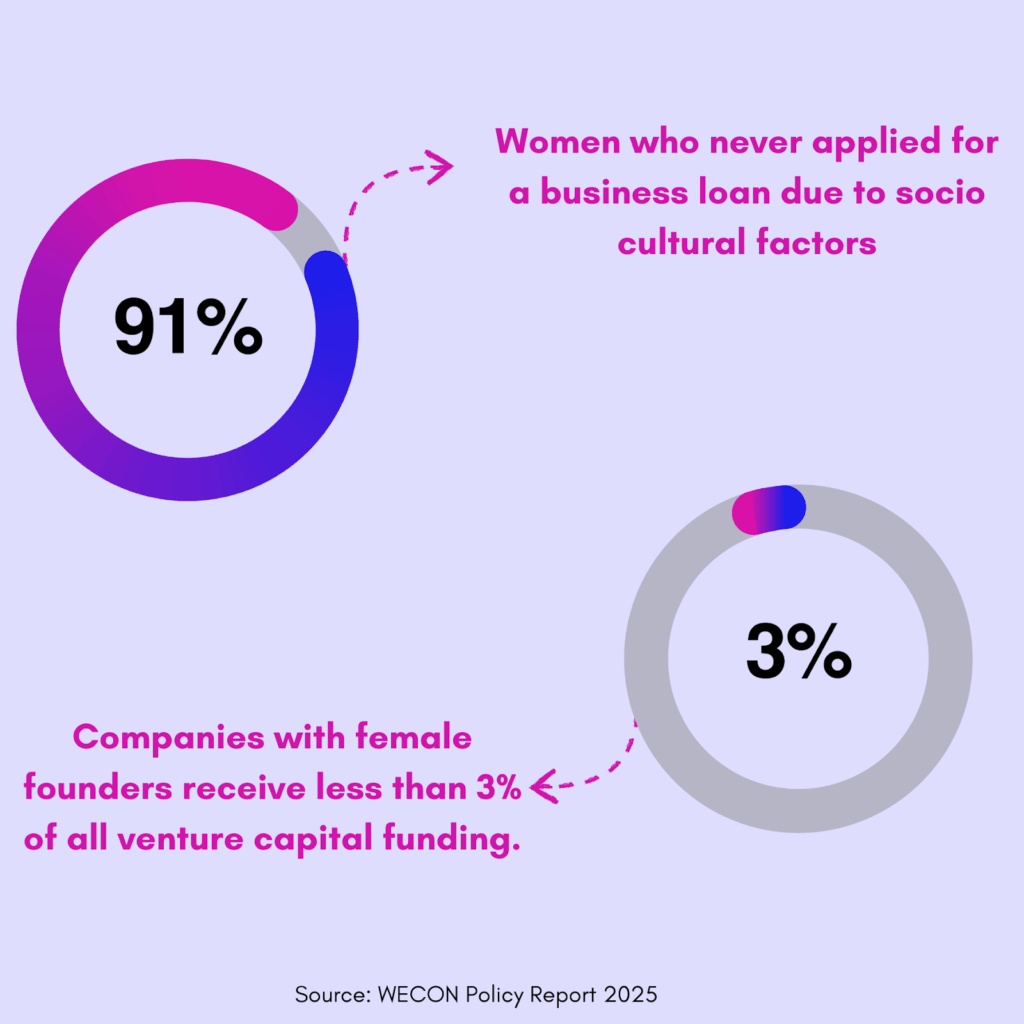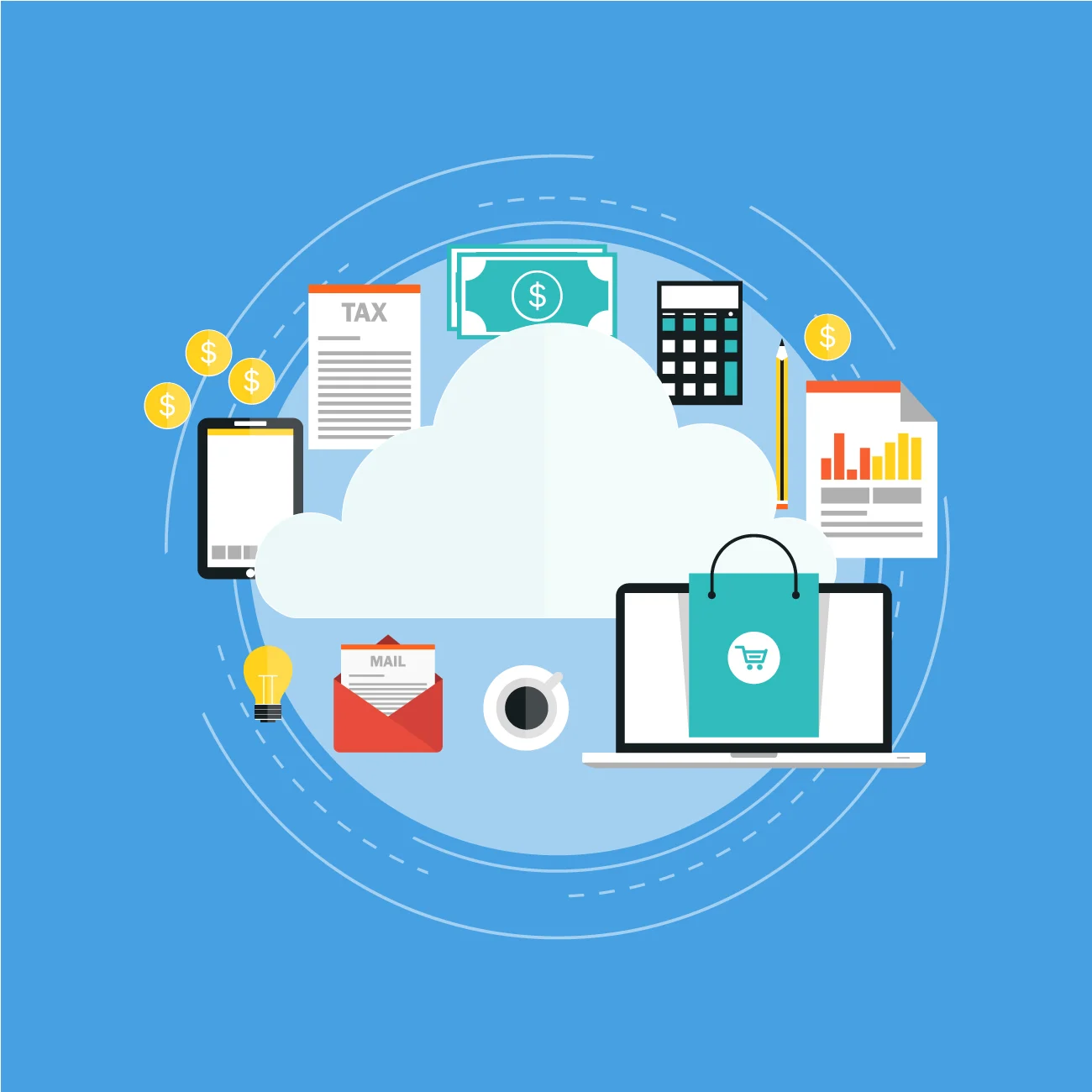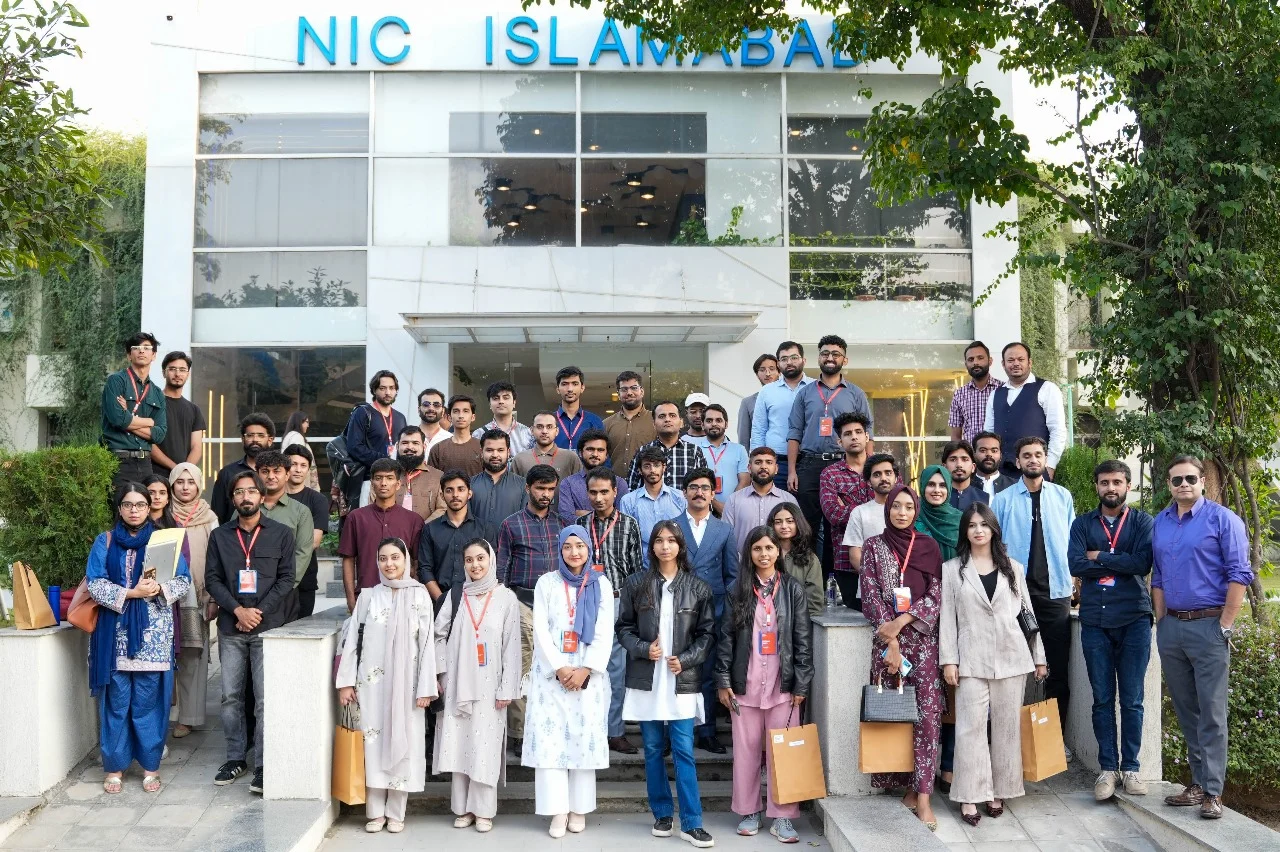Imagine this: You have the skills, the motivation, and the vision. You do everything right and still, you’re shut out. Not because you lacked potential, but because the system was never designed to let you in.
Pakistan’s entrepreneurial landscape reveals a stark gender gap. Despite a population of over 241 million—nearly half of which are women—only 1% of women are engaged in entrepreneurship compared to 21% of men, according to the WECON 2025 Policy Report.
This means just 1.18 million women in a country of 118 million women are participating in business, a gap that reflects deep, structural exclusion.
According to the WECON 2025 Policy Report, 91% of women in Pakistan have never applied for a business loan due to cultural barriers, lack of awareness, and complex banking procedures. Globally, women-founded companies receive less than 3% of all venture capital, reflecting widespread gender bias in access to finance.

Most women who start businesses do so informally from home, without support, without access to markets or finance, and often without recognition. They remain disconnected from formal banking, digital platforms, and institutional programs. These are not isolated challenges. They are the result of a system that was never built with women in mind.
The WECON 2025 Policy Report draws from the voices of women entrepreneurs, incubators, financial experts, and ecosystem builders across the country. It paints a sobering picture not only of exclusion, but of the urgency for meaningful, structural reform.
This article highlights the key findings of that report: what’s broken, who continues to be left behind, and what must change not someday, but now.
The barriers faced by women entrepreneurs in Pakistan are not incidental; they are systemic, recurring, and widely documented across sectors. The WECON 2025 Policy Report outlines five core areas where women are consistently excluded or underserved:
1. Financial Exclusion
Despite existing financing programs, access remains dismal. Most women lack collateral, credit history, or a male guarantor basic requirements for loan eligibility. As a result, 91% of women surveyed had never applied for a loan, and the total SME financing going to women in 2022 was only 3.2%.
2. Digital Divide
Limited access to digital tools, connectivity, and skills continues to isolate women from e-commerce, fintech, and digital training. In Tier 2 and 3 cities, only 1 in 5 women entrepreneurs reported having reliable internet or smartphone access.
3. Regulatory Complexity
Business registration processes remain bureaucratic, male-dominated, and unintuitive for first-time women founders. Multiple agencies, unclear procedures, and a lack of legal support prevent women from entering the formal economy.
4. Socio-Cultural Constraints
Gender roles, limited mobility, caregiving burdens, and safety concerns mean that many women cannot access markets, networking events, or training programs even if they exist. The absence of gender-sensitive support systems often leads to dropout or stagnation.
5. Capacity & Skill Gaps
While many women have entrepreneurial talent, they lack exposure to investor readiness, digital marketing, export practices, and operational management. Training programs are often generic and fail to address their specific barriers or contexts.
Excluding women from entrepreneurship isn’t just unjust, it’s economically deteriorating. According to the McKinsey Global Institute, Pakistan could increase its GDP by up to 30% by advancing gender equality in the workforce and entrepreneurship. Every woman held back by structural barriers isn’t just a missed opportunity for herself, she’s a missed opportunity for national growth.
Also Read
SECP Startup Roadmap For PakistanWhen women don’t have access to capital, markets, or technology, entire communities stay stuck. Informal businesses remain invisible to tax systems. Innovation gets lost. More critically, the economy loses out on the kind of resilience and sustainability that women-led businesses are known for: community reinvestment, long-term planning, and inclusive growth.
In short: every woman we leave behind as an entrepreneur is a national opportunity wasted.
The conversation around women’s inclusion in entrepreneurship often begins and ends with equality, the idea that everyone should be treated the same. But in reality, equality without equity only reinforces existing disadvantages. Most women in Pakistan don’t start from the same position as men: they face social restrictions, financial gatekeeping, mobility challenges, and digital exclusion. Treating everyone the same in a system already tilted against women does not create fairness, it creates the illusion of opportunity. What women need is equity: targeted support, inclusive policies, and structural changes that account for the barriers they uniquely face. Until then, equality remains an empty promise.
The WECON 2025 Policy Report puts forward a set of clear and grounded recommendations, shaped by what women in the field actually said they need, not what institutions think they need.
The most urgent shift begins with finance. Women must be able to access credit without collateral or the requirement of a male guarantor conditions that automatically exclude the vast majority. Unless the structure of credit itself changes, the formal system will continue to shut women out. What’s needed are alternative lending models, women-specific financial products, and mass awareness campaigns that make them accessible.
But access doesn’t stop at finance it also means being visible in the digital world. For many women in Tier 2 and 3 cities, participation in today’s economy is impossible without reliable internet, digital devices, and foundational tech skills. Digital access must be treated not as a luxury, but as a basic right.
Support also needs to be reimagined beyond one-off training. Women require practical education in financial management, digital selling, investor readiness, and navigating export channels taught in formats that acknowledge their time, caregiving roles, and limited mobility. This is not about more workshops. It’s about meaningful, context-aware capacity building.
At the state level, reform must begin with the systems that claim to serve. Business registration and tax processes remain confusing, fragmented, and deeply exclusionary, particularly for first-time women entrepreneurs. A streamlined, Urdu-friendly, and mobile-accessible process isn’t innovation, it’s long overdue.
And finally, perhaps the most transformative shift would be structural coordination. Pakistan’s support ecosystem for women entrepreneurs remains fragmented and difficult to navigate. A centralized, one-window national platform WE-PORTAL offering access to funding, mentorship, legal support, and learning in one place would not only make resources easier to access, but finally signal that support is not performative, it’s real.

Source: WECON Policy Report 2025
These are not idealistic goals. They are basic requirements if we are to claim any serious commitment to gender-inclusive economic growth.
Too many women in Pakistan are doing everything right and still being left behind. This report doesn’t just outline what’s wrong; it shows what can be done to make things right.
The barriers women face are not accidental. They are the result of systems that were never built with them in mind. Changing that requires more than words; it requires policy that listens, adapts, and delivers.
We have the data. We’ve heard the voices. Now, we need the will.
It’s time to stop promising change and start building it.
Dive Deeper into the Data
Discover the full story. Download the comprehensive report now for exclusive information you won’t want to miss.
Download the Full Report



